For those who have been following this series the coral reef off of Nai Yang Beach where I stay basically disappeared. I knew I had to see into the water on a calm sea day at absolute low tide to get some real comparison shots of this phenomena. Nai Yang is a flat beach characterized by its tranquil glass water. It’s so still that in many photos I have taken over the years it is difficult to tell that I am actually above the water taking the picture. But lately the Andaman Sea has been churning with a lot of sand and waves even on nice days.
I finally had a good day a few mornings ago, with the low tide listed as 8:13 AM some three days after the full moon. This is as good of a comparison as I am going to get.
This is roughly in front of the spot where I took a picture of my husband Ka and me out on the coral reef.
So I waded out up to my thighs into the water. It’s low tide again but there’s nothing to stand on. From roughly the same spots where the coral reef had been before I pointed ghost phone into the water. Let’s call this section before and after.
This is before, taken in September 2024. Ka is gathering crabs and clams:
This is after, taken a few days ago say December 19, 2024 looking down into the knee high water:
This is before, also from September of 2024:
This is after from December 2024, taken from the roughly same spot but once again looking down into the water:
Are you noticing the difference? Now what I was really looking for was new growth coral. Here are several examples of what it looks like taken from pictures on the reef in September of 2024:
So I walked out to what is left of the coral peninsula at low tide. This was the area which before had the deepest coral pools surrounding it:
This is not an identical angle but I am going to reference a few photos which were taken of this area in February of 2021. Please note that the coral peninsula has steadily grown over the years and by October of 2024 or so had never been bigger at least since I have seen it.
Here’s a picture of my daughter goofing off on the coral reef almost four years ago.
Here’s a look down into the water in that area in February 2021. There were lots of sea urchin then too:
Here’s a look around that same spot from December 2024:
Now I did see what possibly appeared to be very new growth coral when I came to the area where the reef was deepest and most established. There also were a few small fish. But I think I’ve made my point.
There were no crabs, whereas we used to see hundreds and Ka would sometimes gather dozens himself. There were no shrimp, lobster or prawns. There were no clams, mollusks, or shelled creatures of any kind. There were no starfish. And of course there were no sea urchin.
Not a single one of any of those creatures which could easily be counted in the dozens to hundreds before could be found by me. Those are all more fixed creatures which unlike fish cannot swim in or out of the former coral reef area. Sea urchin as just one example can live up to 200 years according to google, but even this long spined black tropical variety has a life span of 4-12 years in the wild. So I’m almost sure that something blasted this coral reef into a type of mass die off event. But what was it?
The fishing boats were coming into shore at the morning fisherman’s market.
The fresh catch was dumped out which the Thai people were very eager for. We bought five small fish which Ka cooked over a fire later in the day.
So there’s still fish in the water somewhere. Nobody is trying to catch them or anything else around the coral reef or what remains of it. So what happened to cause a mass die off here?
My money is on an electromagnetic pulse. Now why would they do that? Here’s a video from around the Great Barrier Reef in Australia. They thought they had an overpopulation of sea urchin which they were sure was killing biodiversity in the area. Let’s call this the ostensible reason:
Now the Nai Yang Beach coral reef specifically was very shallow and I never ever ever saw anything out there that faintly resembled a kelp bed. I’ve likened the area to looking more like the surface of the moon. But could the idea of eliminating problematic and overgrown sea urchin have been used as a justification for the mass poisoning in some corners? Possibly.
This is Asia, folks, where the people are stereotyped to eat absolutely everything. If you were really worried about the Sea urchin then a Nai Yang Sirinat Park cleanup crew could have come out. I’ve seen dozens upon dozens of those types of crews on the beach over the years.
If you were even smarter though you would have put sea urchin on the menu: just have a few brave souls myself included (I would gladly volunteer!) test out this newest version of uni, who hopefully don’t feel poisoned afterwards. Then start training people in harvesting and food prep practices. Now add it to the menu of some sushi chefs (note: my sister in law and her husband are sushi chefs), perhaps even with an advertising campaign. The sea urchin problem would have fixed itself once there was a market for it!
But people picking up problematic stingy (or delicious?) sea urchin choking off the swimming area would not have blasted the coral reef back into the stone age. What am I looking at here? A nuclear bomb? A mass poisoning of the area? My money is on an electromagnetic pulse thing, perhaps aided by 5G. Alas, a miniscule difference in climate maybe possibly causing a tipping point very very suddenly is not completely off of the table. I find it unlikely though. These ecosystems are at least as complex as the human body is.
I don’t want to go into the details here but this deep dive is starting to make me think I need to suit up into scuba gear..
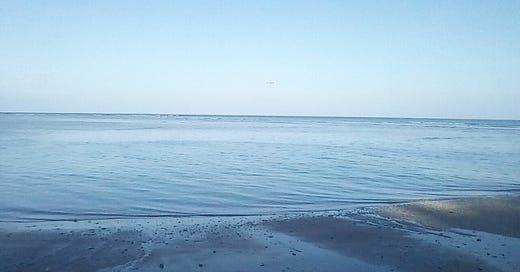



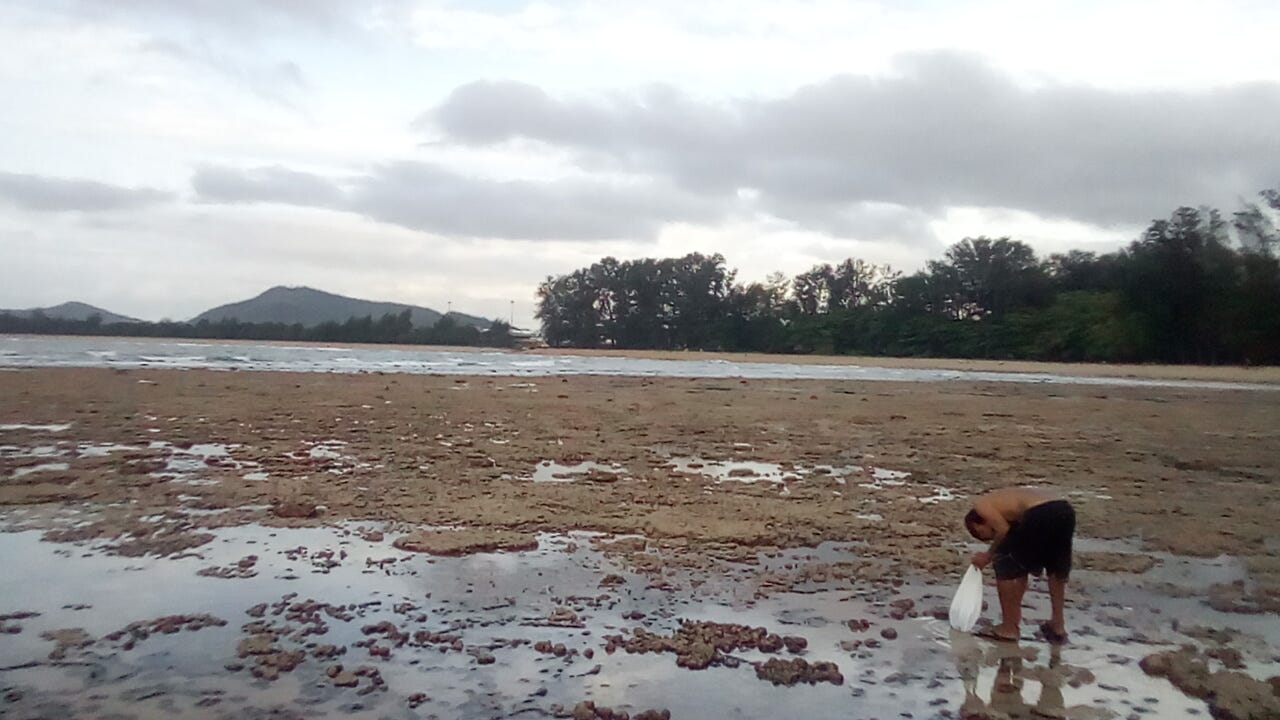
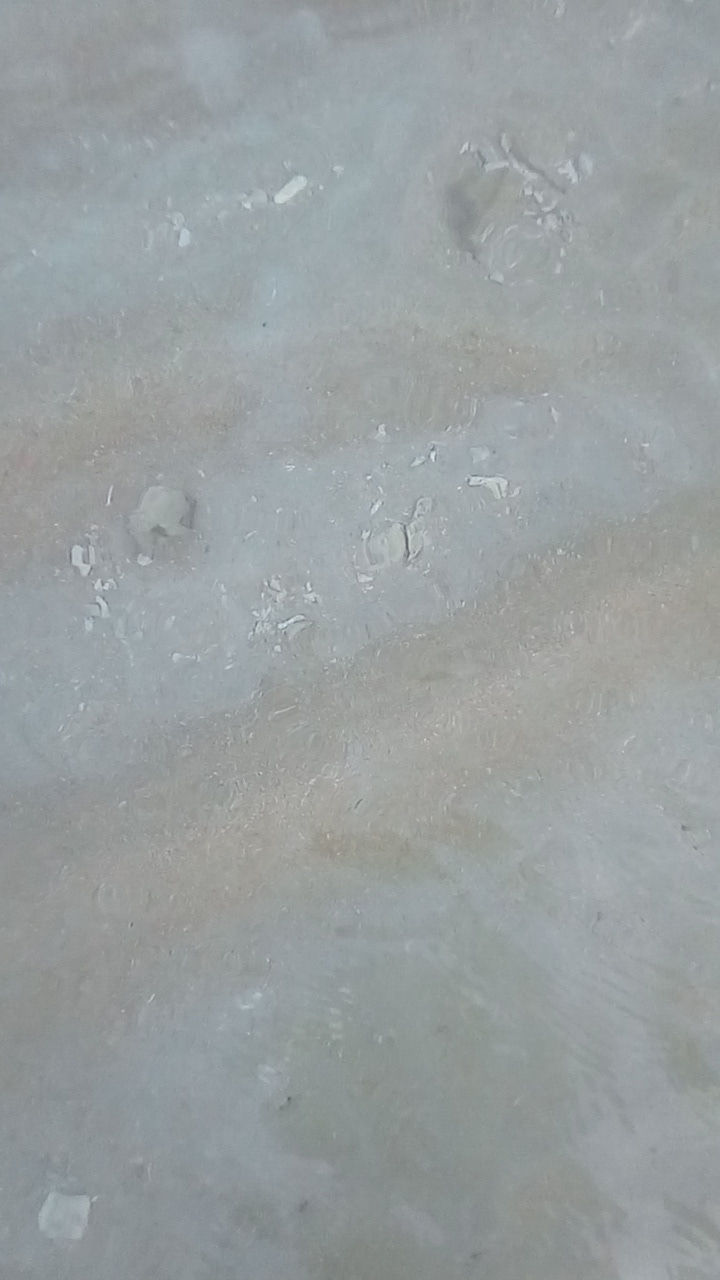
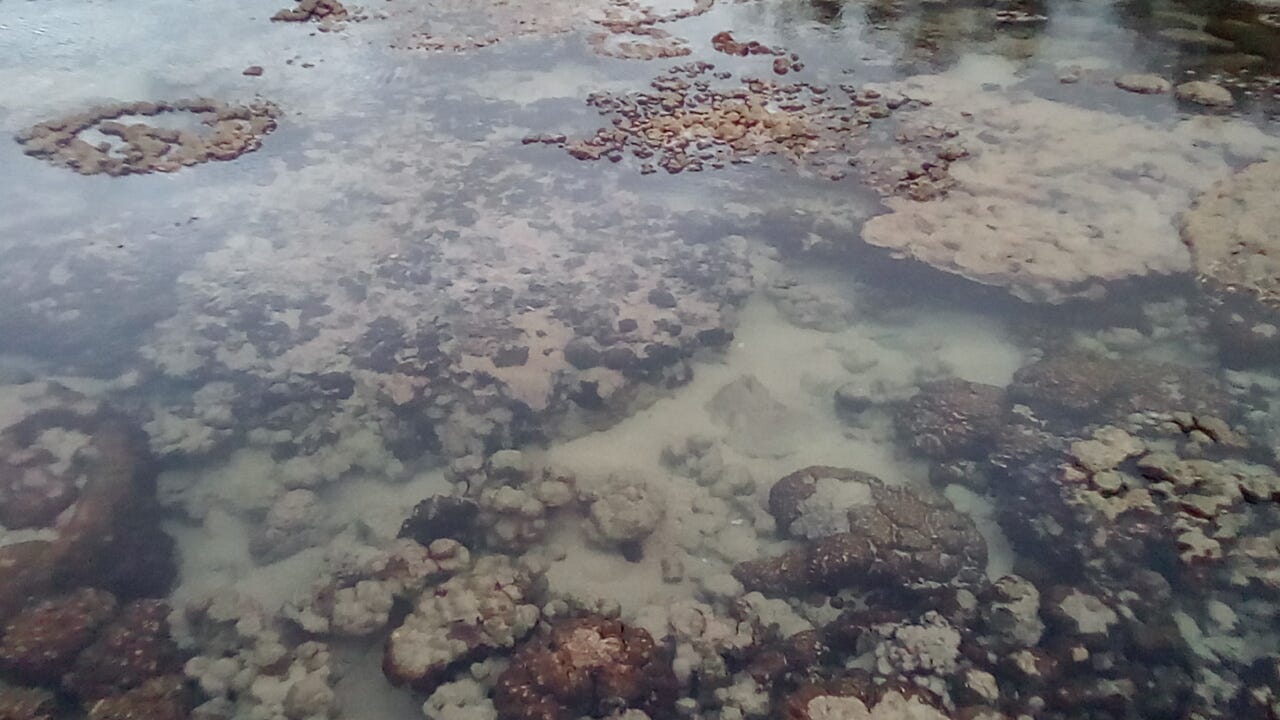
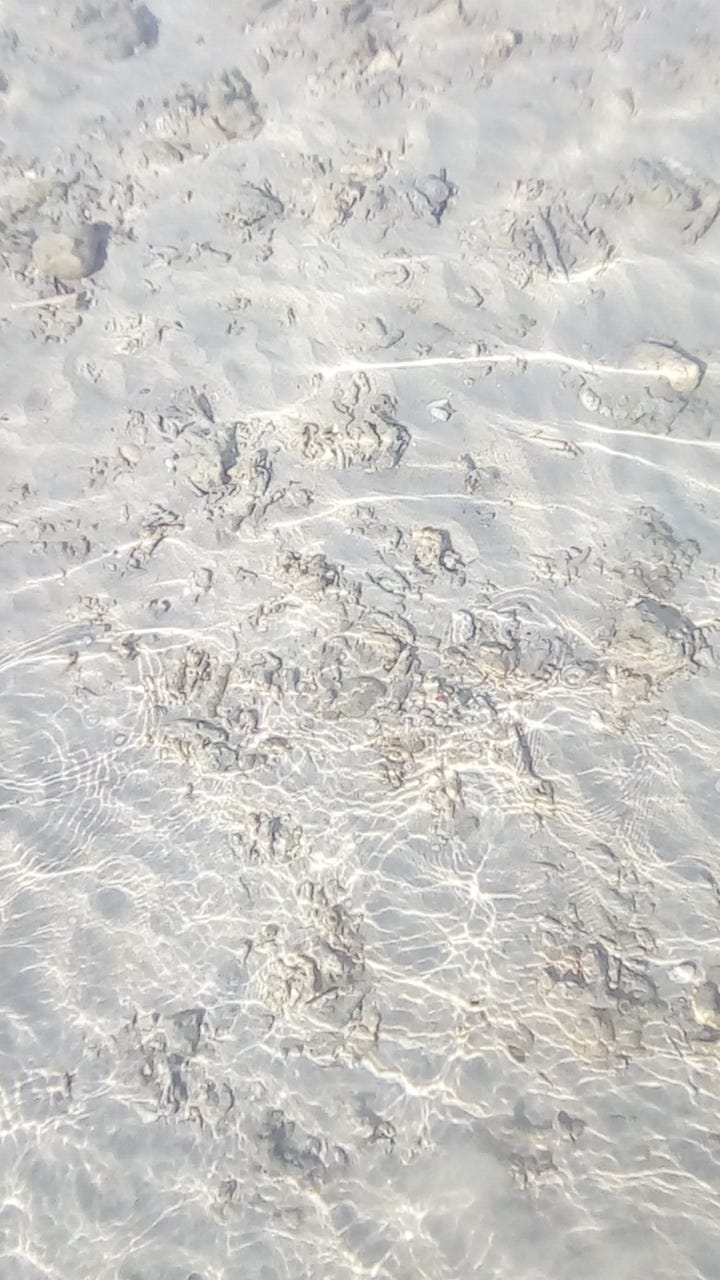
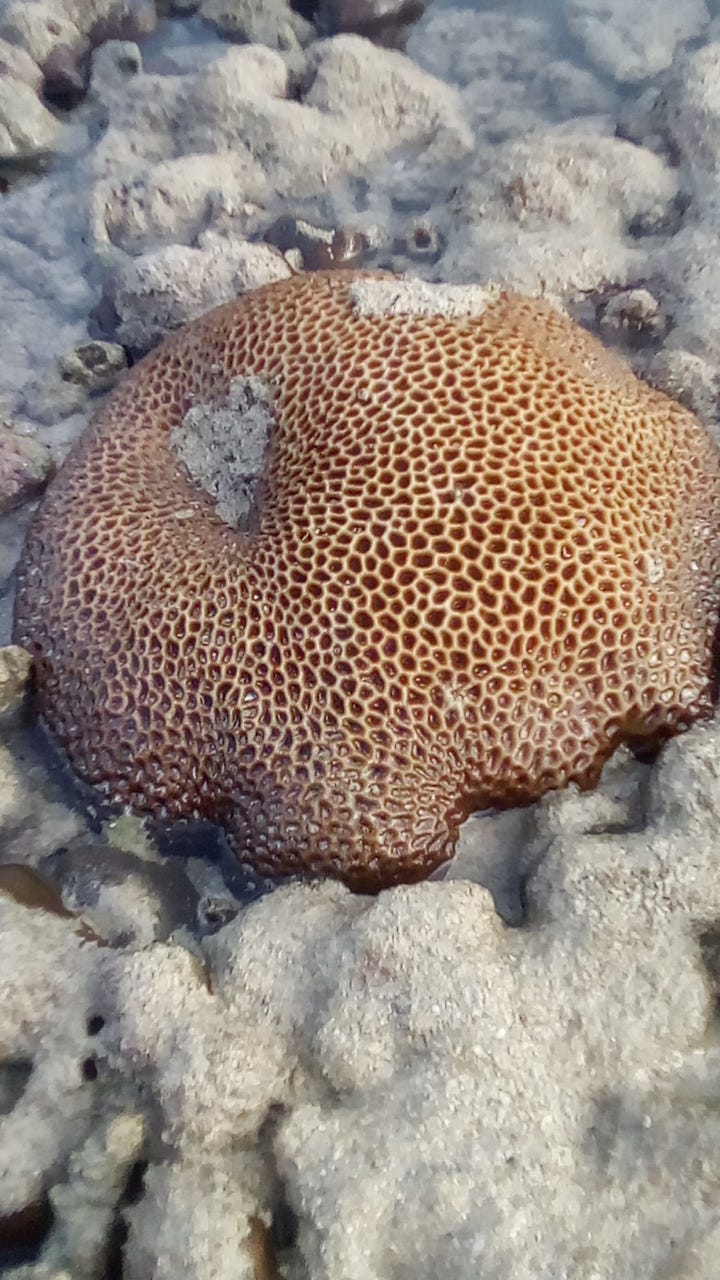
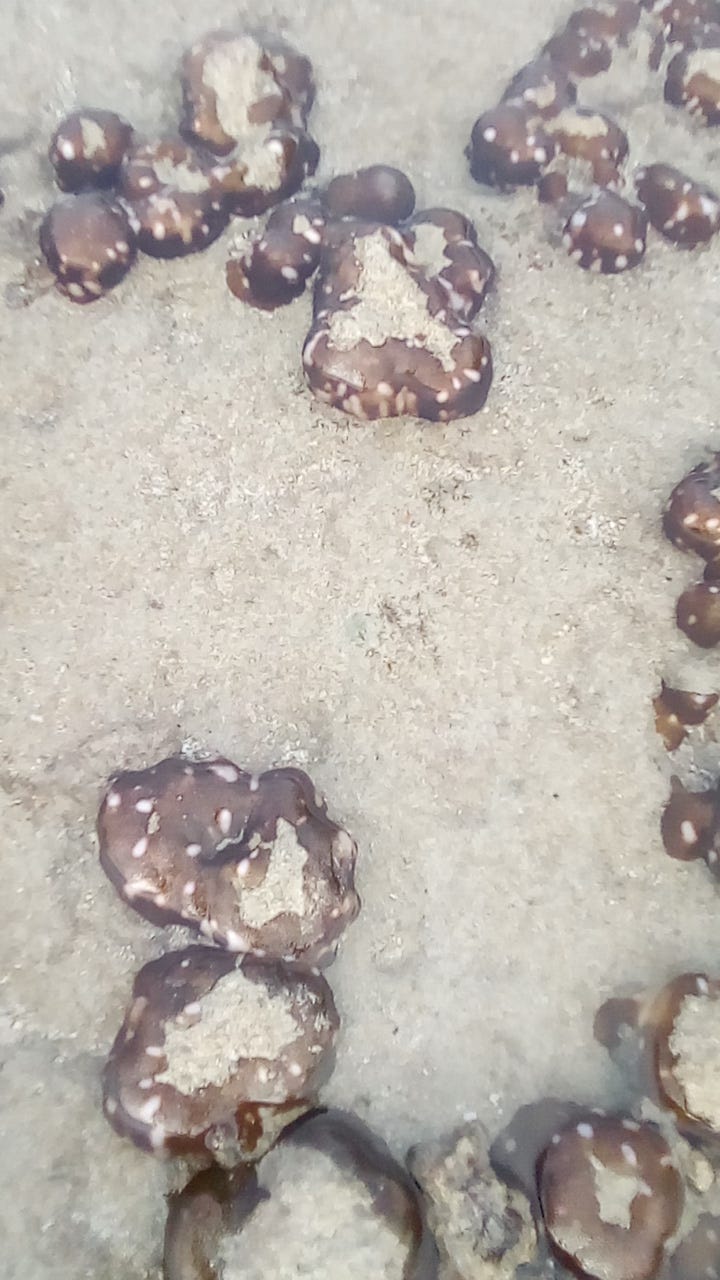
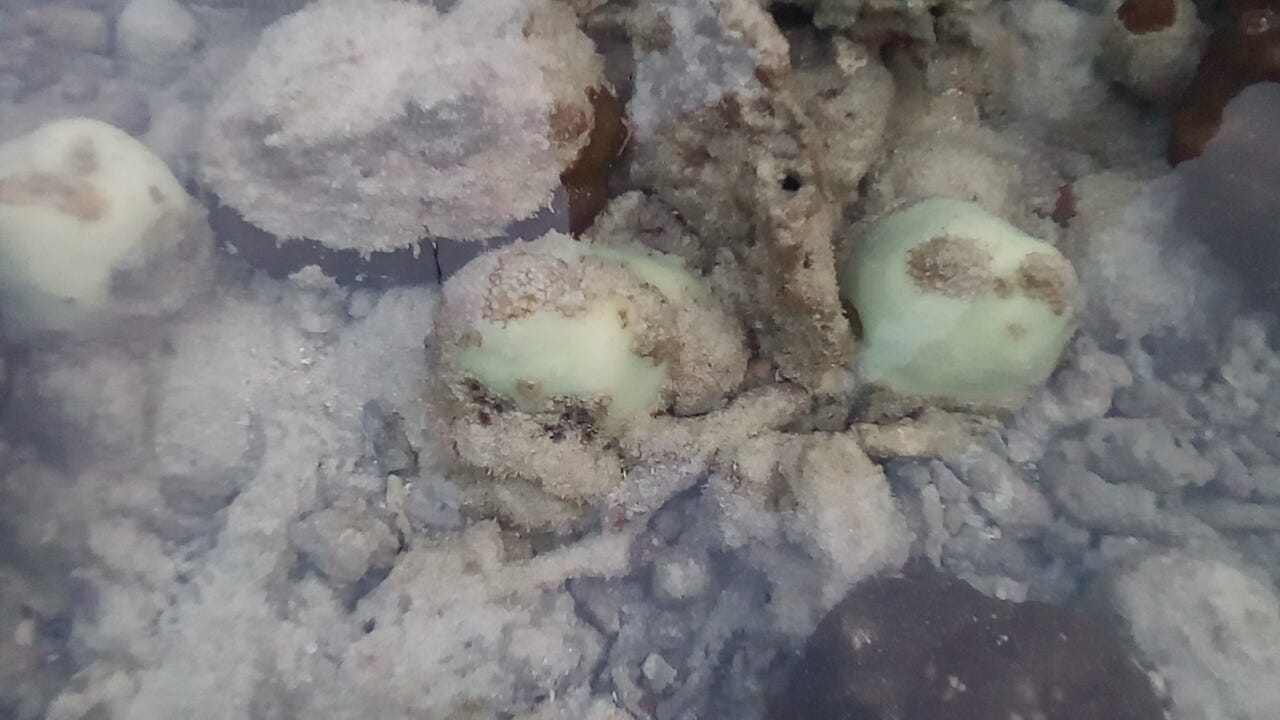
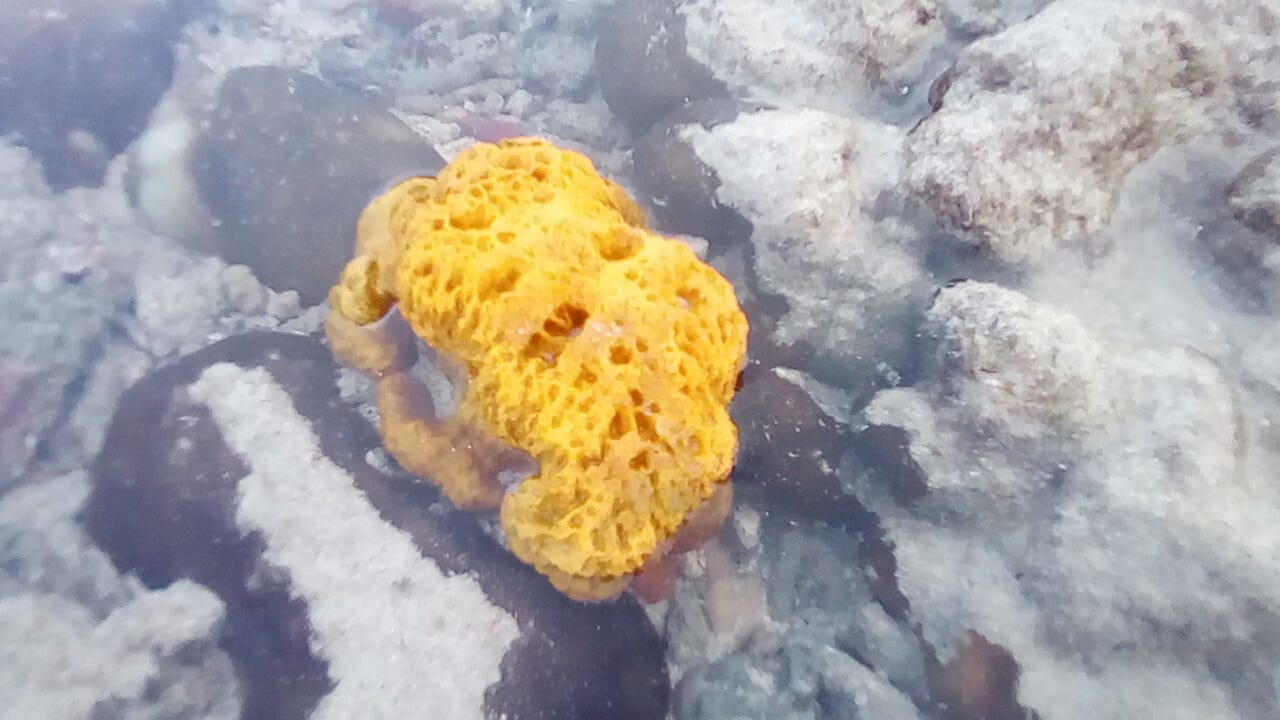
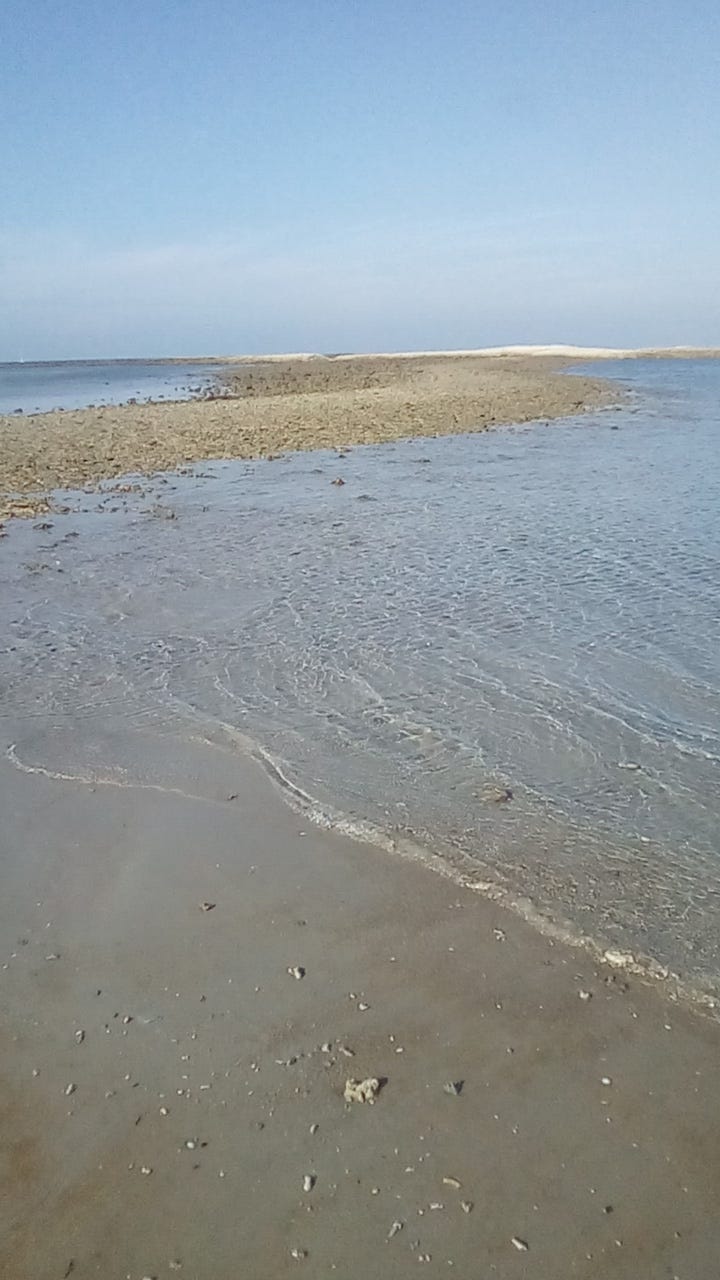
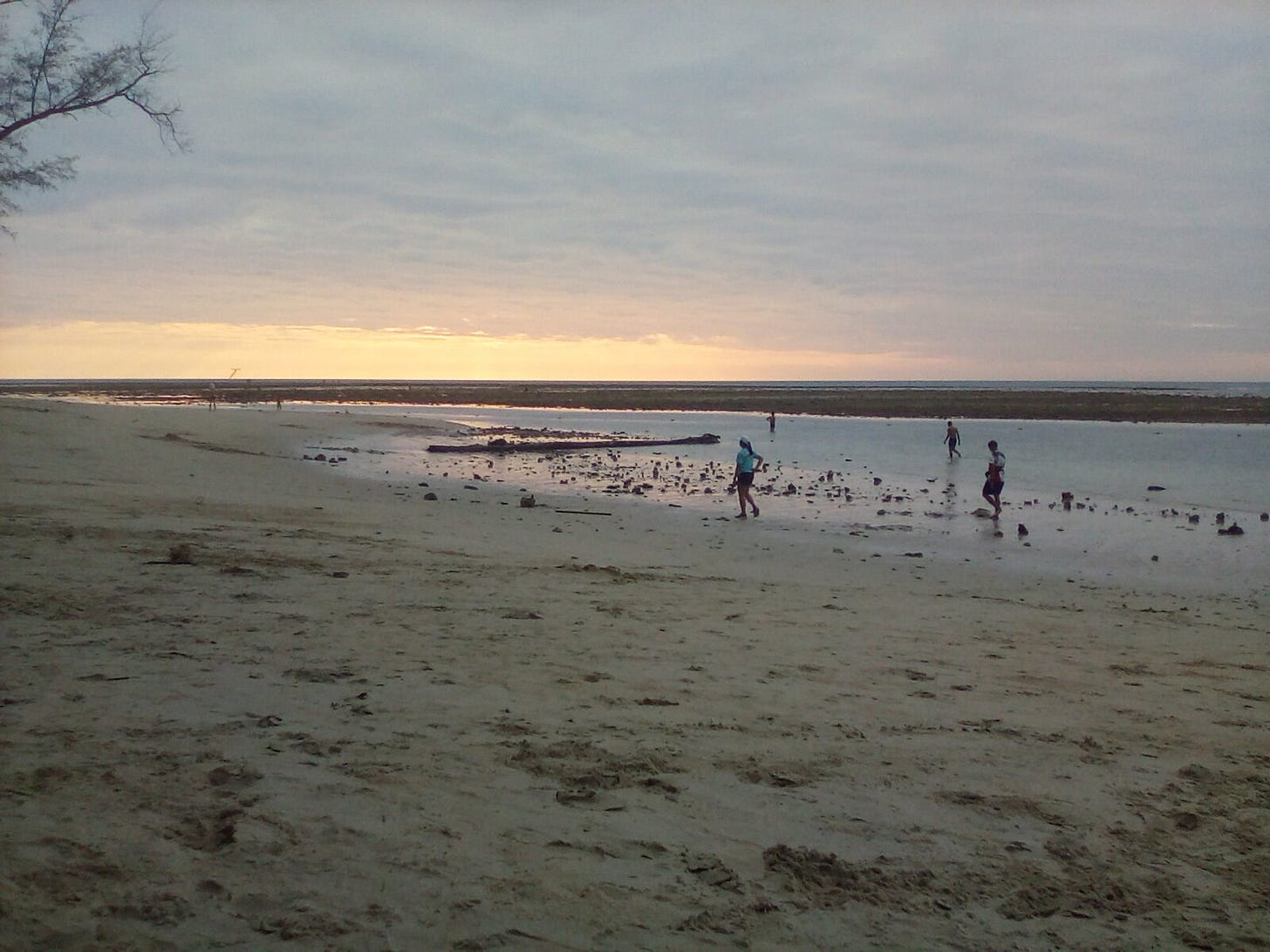

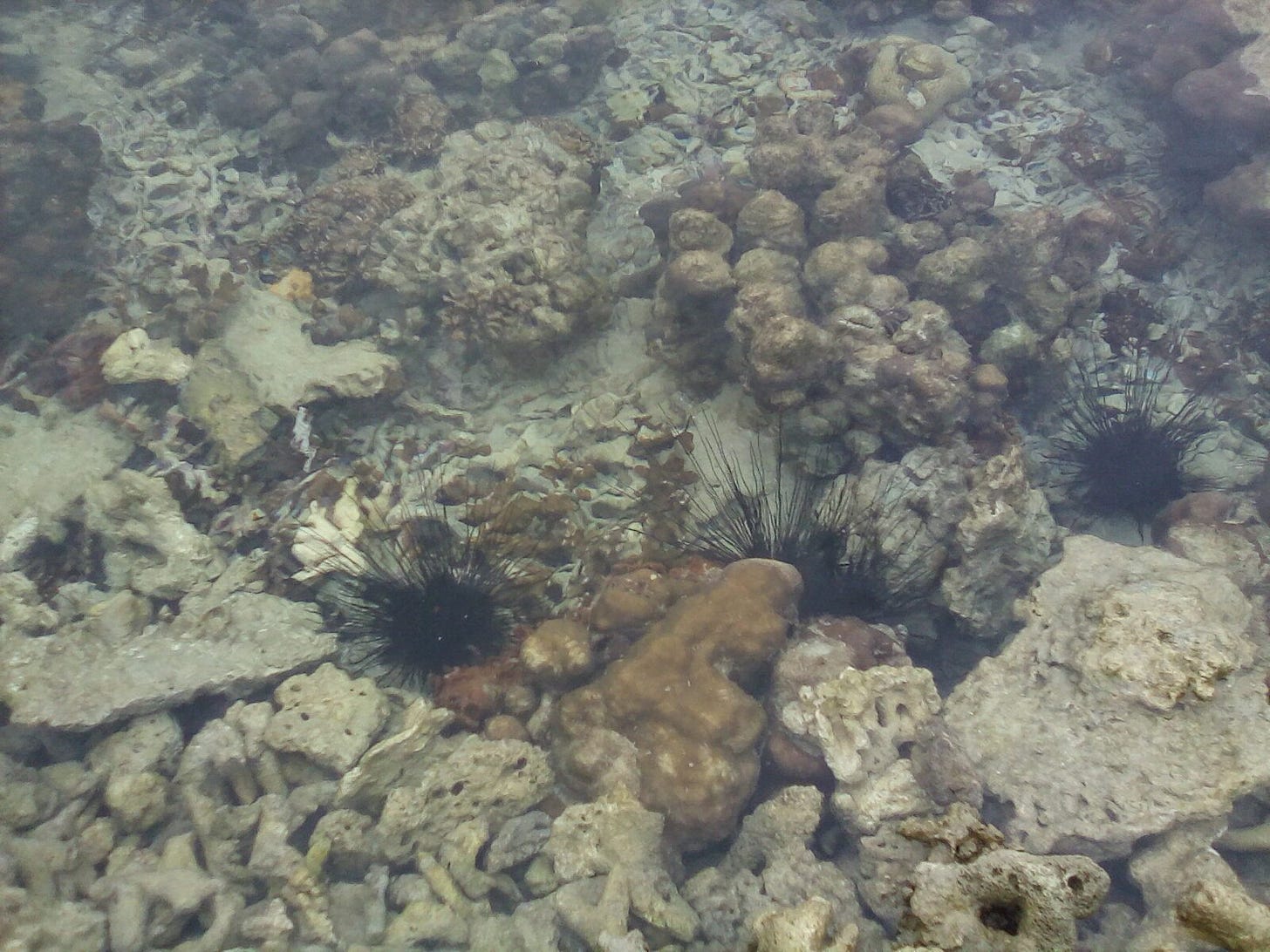
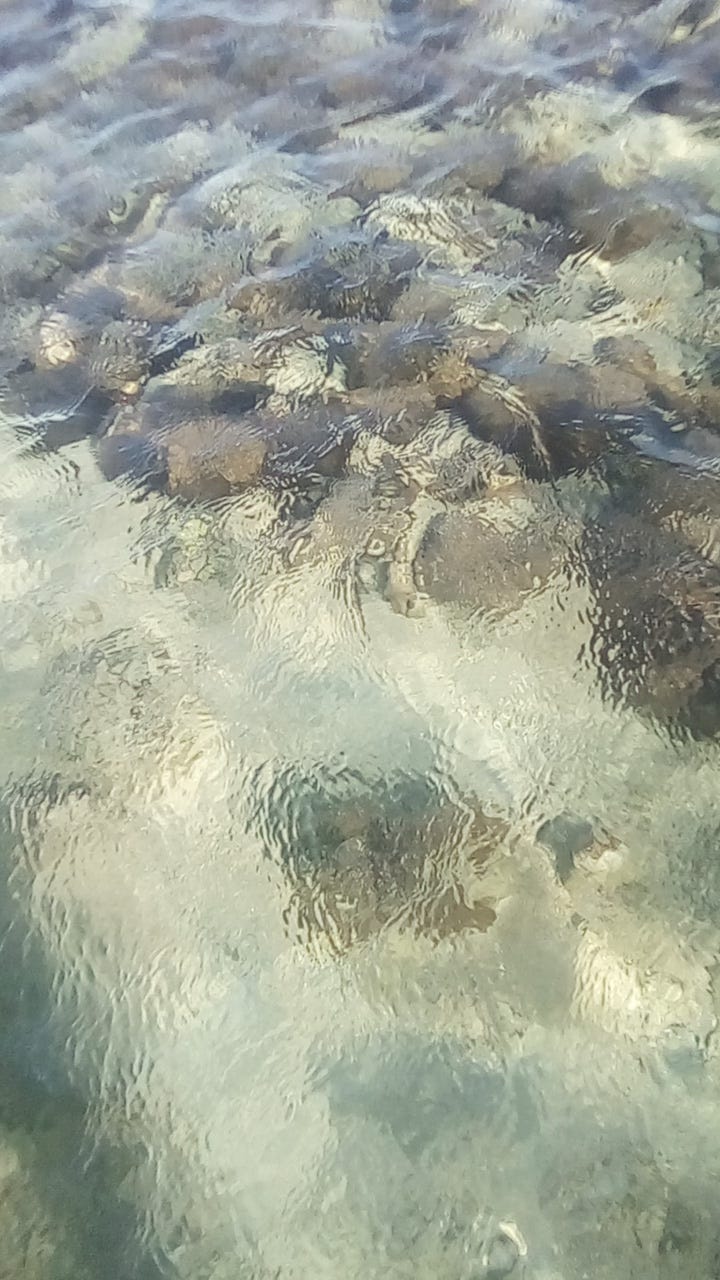
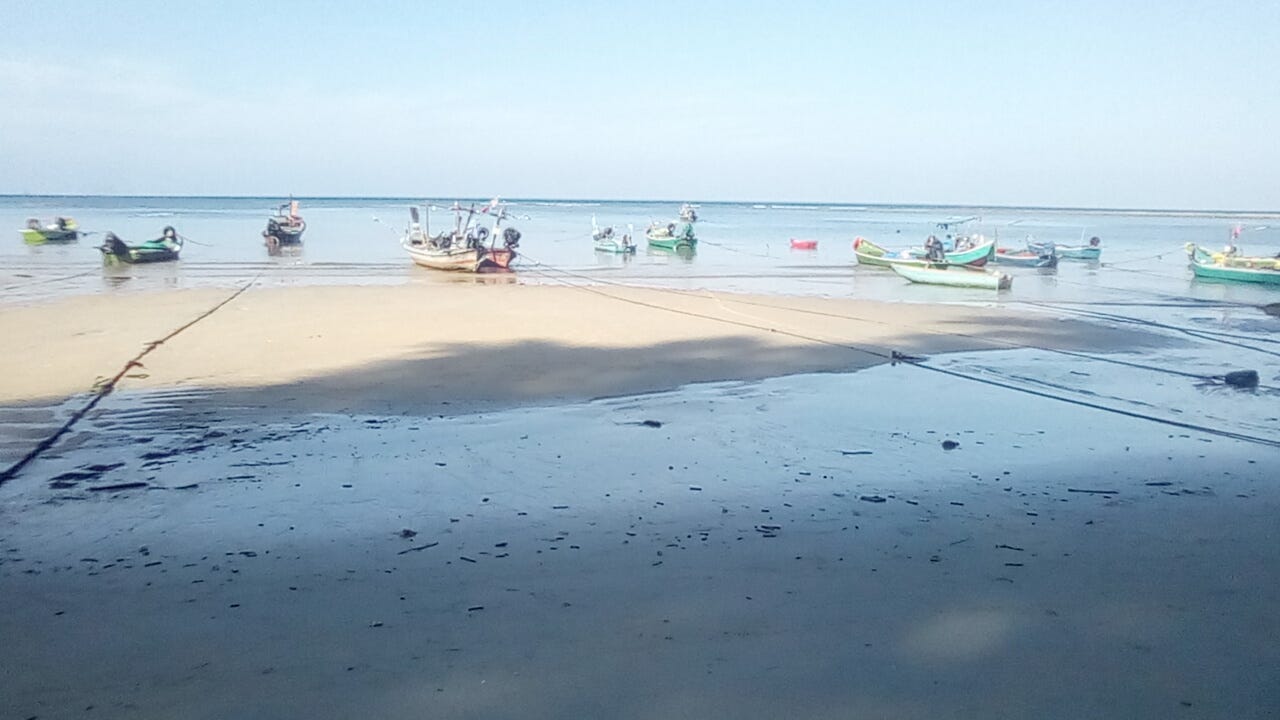
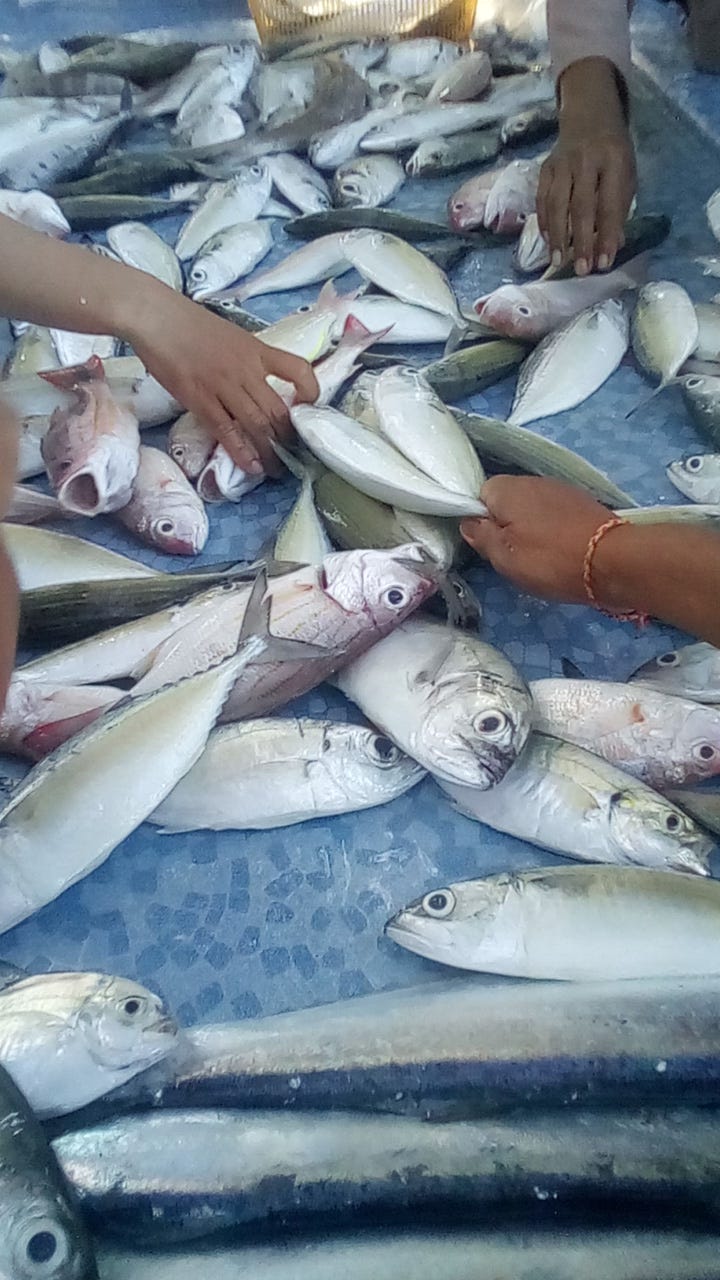
How to pull plug on HAARP....?
A toxic spill or a toxic dumping?
If you suit up, maybe look for evidence of the latter. Might need to determine what direction the rip flows and look upstream.